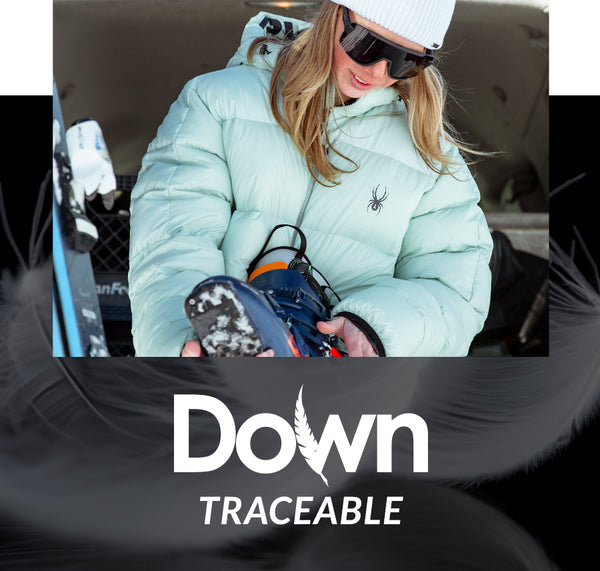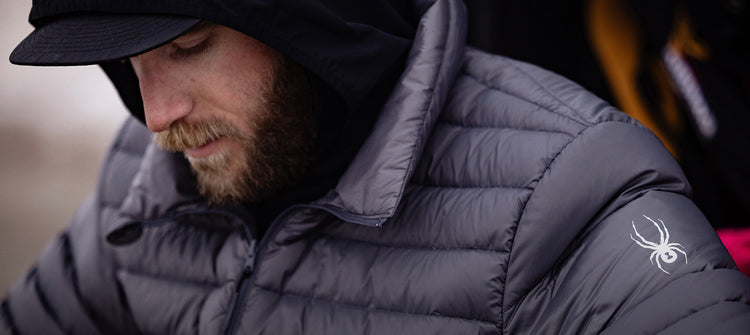
![]() Derived from nature itself, down insulation is a marvel of warmth. Typically sourced from geese, down feathers excel at trapping heat. Packed snugly into each baffle of a garment, these individual feathers create tiny pockets of air where heat is retained. This design not only ensures exceptional insulation but also allows down jackets to compress significantly when needed, making them incredibly lightweight and portable. To enhance performance, companies often treat down insulators with DWR, enabling them to repel moisture and maintain their insulation properties even in damp conditions.
Derived from nature itself, down insulation is a marvel of warmth. Typically sourced from geese, down feathers excel at trapping heat. Packed snugly into each baffle of a garment, these individual feathers create tiny pockets of air where heat is retained. This design not only ensures exceptional insulation but also allows down jackets to compress significantly when needed, making them incredibly lightweight and portable. To enhance performance, companies often treat down insulators with DWR, enabling them to repel moisture and maintain their insulation properties even in damp conditions.

![]() In contrast, synthetic insulation, commonly found in ski jackets, mimics the insulation properties of down using polyester—a versatile plastic material. While synthetic insulation offers greater breathability than down, it tends to be slightly less insulative. However, its standout feature lies in its ability to retain warmth even when wet, as it doesn't clump together like down.
In contrast, synthetic insulation, commonly found in ski jackets, mimics the insulation properties of down using polyester—a versatile plastic material. While synthetic insulation offers greater breathability than down, it tends to be slightly less insulative. However, its standout feature lies in its ability to retain warmth even when wet, as it doesn't clump together like down.
Choosing the Right Insulation for the Mountain
On the slopes, temperature fluctuations are inevitable, necessitating insulation that balances warmth with breathability to prevent overheating and subsequent chill from sweat. This is where synthetic insulation shines, making it the preferred choice for ski jackets and pants, especially during in-resort skiing. Spyder's Glissade Jacket exemplifies this balance, providing light, breathable synthetic insulation perfect for layering. Alternatively, for those who prefer customizable layering or venture into the backcountry, pairing a hard shell like the Sanction or Solitaire with a water-resistant down jacket such as the Windom Down Jacket or Sanction Down offers versatile protection. This ensures that your down layer remains dry even in adverse conditions.
Alternatively, for those who prefer customizable layering or venture into the backcountry, pairing a hard shell like the Sanction or Solitaire with a water-resistant down jacket such as the Windom Down Jacket or Sanction Down offers versatile protection. This ensures that your down layer remains dry even in adverse conditions.
It's worth noting that while synthetic insulation is composed of polyester—a plastic—Spyder prioritizes sustainability by utilizing recycled polyester in our synthetic insulation when possible.
Find out more about how to wash and care for your jacket here.
